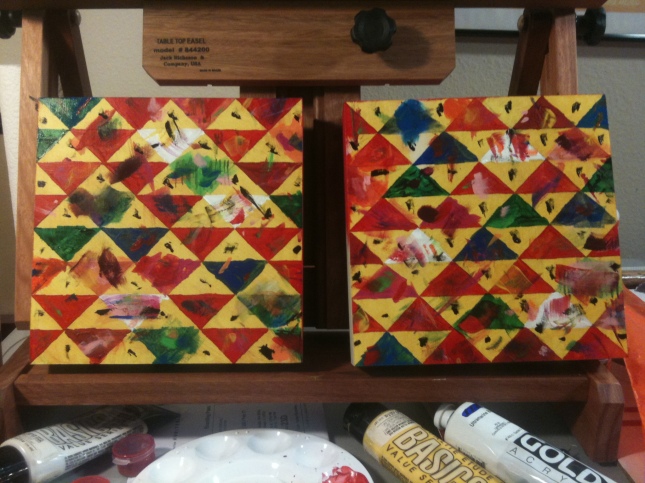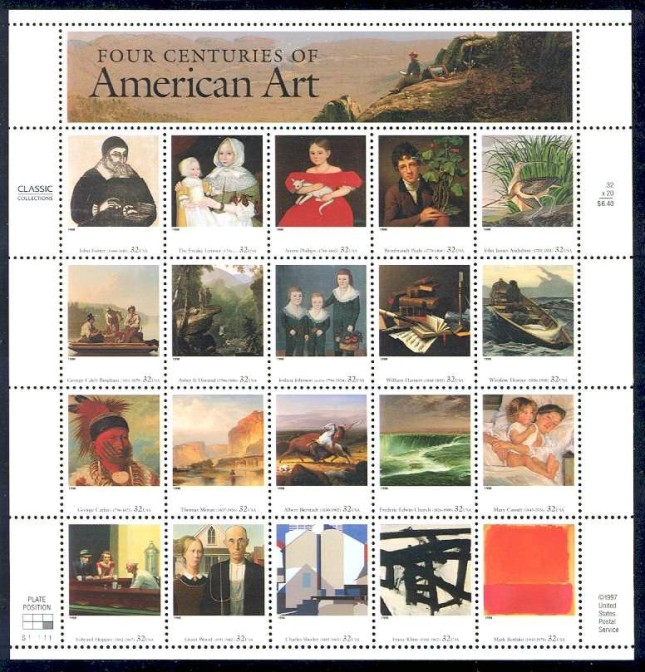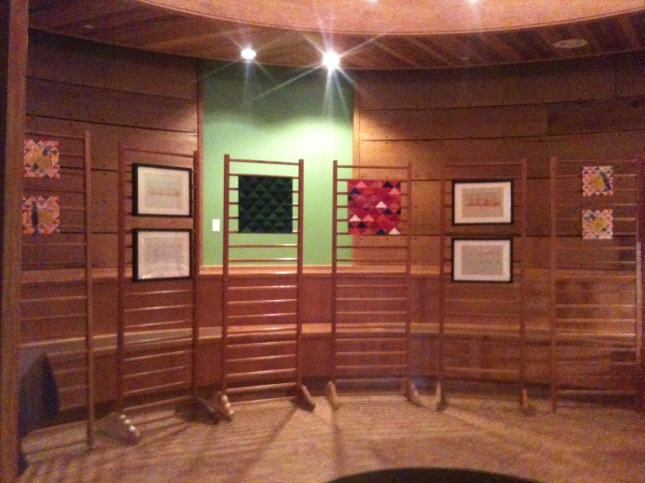The first photo shows one of them in progress, while this one is the current state of these paintings. I’m liking them, but have been taking a breather on what to do next. More is going to happen to them, but I’m wanting to make them seem less “busy” somehow. The eye needs a place to rest. And I still need to varnish it and have other things to add. Also not sure what color I want to do the edges. Leaning towards black most likely.
Since the source image is the only picture of Pocahontas done from life, and I see it used a lot, I wanted to give it something more. I feel like this black and white representation just seems so lifeless. And so many other historical or contemporary imaginings of her are romanticized. I don’t claim to know more about her than anyone else, but I think she deserves more than how she is currently normally portrayed. Most Americans know her name, but the facts they think they know about her are incorrect (at least if they learned them from Disney). In a sense, she could easily be considered one of the founding mothers of America. I wonder what she would think of that?




 And then I’m going to add these into the mix:
And then I’m going to add these into the mix: Don’t know quite how it will all turn out, but it should be interesting!
Don’t know quite how it will all turn out, but it should be interesting!












